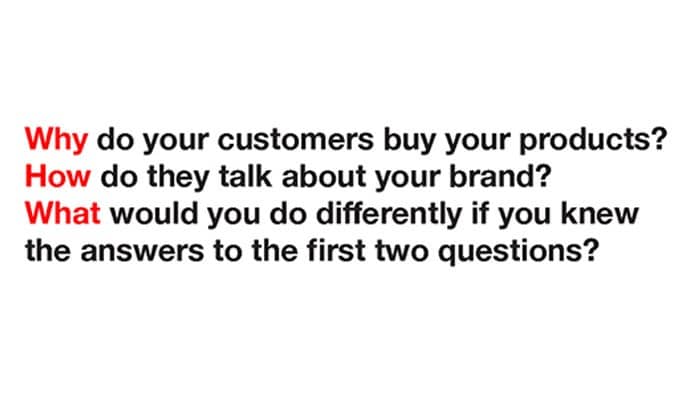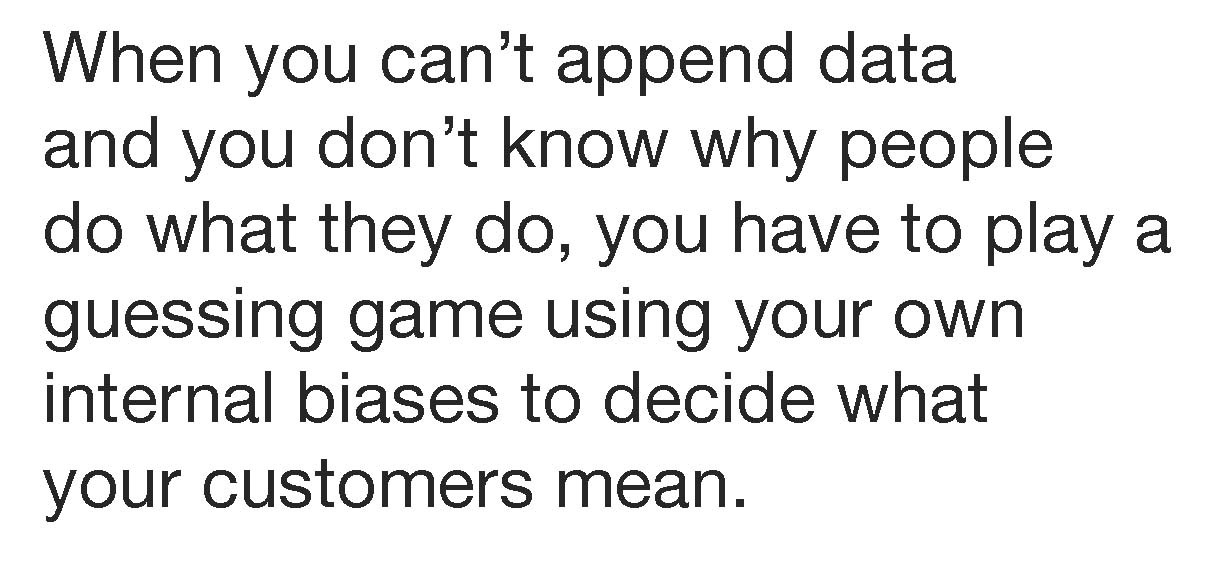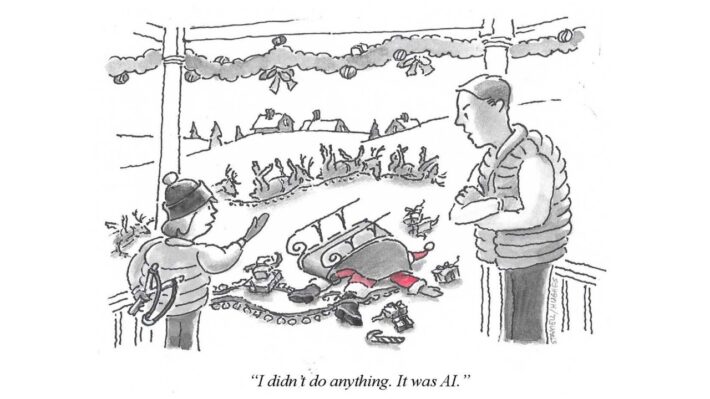The power of decoding customer language to boost engagement

For nearly 25 years, I was a partner in an ad agency that had a great roster of national and international clients including the 1994 Winter Olympics in Lillehammer, Norway, the Chilean Image Campaign, celebrating Chile’s return to democracy, and domestically, companies like L.L.Bean, Sebago and many food and beverage companies in Europe and the U.S., particularly in the wine industry.
Our clients often asked us to hire a market research company to conduct a study of their customers. After completing their study, the researchers would meet with us to explain what a specific population group believed or how they behaved.
Following these presentations, I would always ask the same two questions:
- You’ve told us what this group believes. Now, can you tell us why they believe it?
- Did you append any of the data you uncovered to customer files?
To the first question, they would say that determining the “why” behind the “what” would require asking open-ended questions, gathering vast amounts of conversational text and time-consuming analysis. Of course, they would upsell us on focus groups, which while valuable, relied on small groups of people to air their opinions. To the second question, they did not append data to any customer files, sometimes for confidentiality reasons, but most of the time because they saw it as too much work. However, this meant that our clients couldn’t contact any individual or segment of customers based on the research.

Typically, generalizations are made about all customers and company operations or marketing becomes guided by what the company or agency thinks it all means. Commonly, clients would conduct studies, discuss results and continue doing what they always did or simply let purchase trends guide their decision-making.
Of course, there’s more data to go on today, tons more but how much of it is really relevant to future marketing? For example, three weeks ago, I bought a pair of Hoka running shoes. Since then, I’ve not only received several dozen emails promoting a new pair of Hokas but my online subscriptions are filled with Hoka advertising. There’s probably more they could do if they understood my lifestyle, motivations and perceptions but all their tracking is based my past behavior. If you’ve ever received an email from someone in the investment business, you’ve seen the note at the bottom, “Past performance does not equate to future results.” The same applies to marketing. Knowing what someone did in the past may tell you a bit about who they are but it tells you nothing about what type of person they are and why they do what they do.

Brands compete ravenously for customers based on their past purchases. They hammer them with continuous emails and often offer significant discounts, which is only a race to the bottom. Additionally, the number of emails that are poorly written with AI has been rising dramatically. It’s no wonder that average email opens across all industries is only 21.5% (as reported by Campaign Monitor).
We’ve reinvented the process by enabling users to ask the first question above: “Why do you buy our products?” Asked as an open-ended question, the platform gathers user language, then analyzes it for perceptions or motivations and appends both the language and category to customer files for segmentation and emailing.
The result is that brands learn how their customers talk about their brand down to the individual and can respond to them accordingly, whether it is to engage, reward or sell. It’s enabled by learning the “why” behind the what and language used. Once you know that, you can answer the last question on what you can do differently.
Oomiji is true 1:1 marketing at scale and it’s free for 60 days. Contact us to see a demo.



